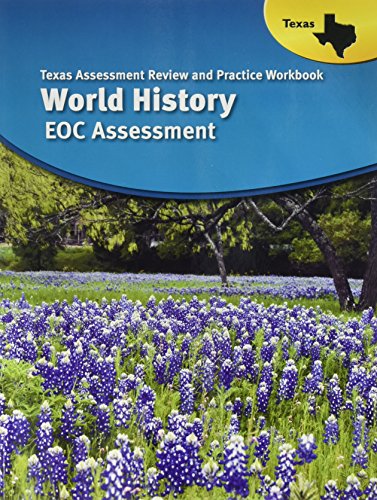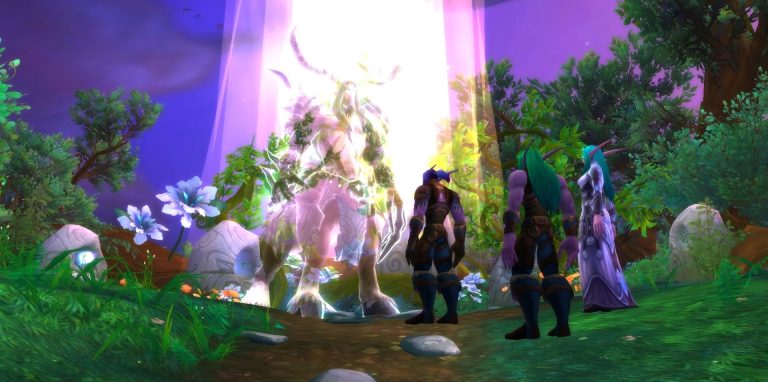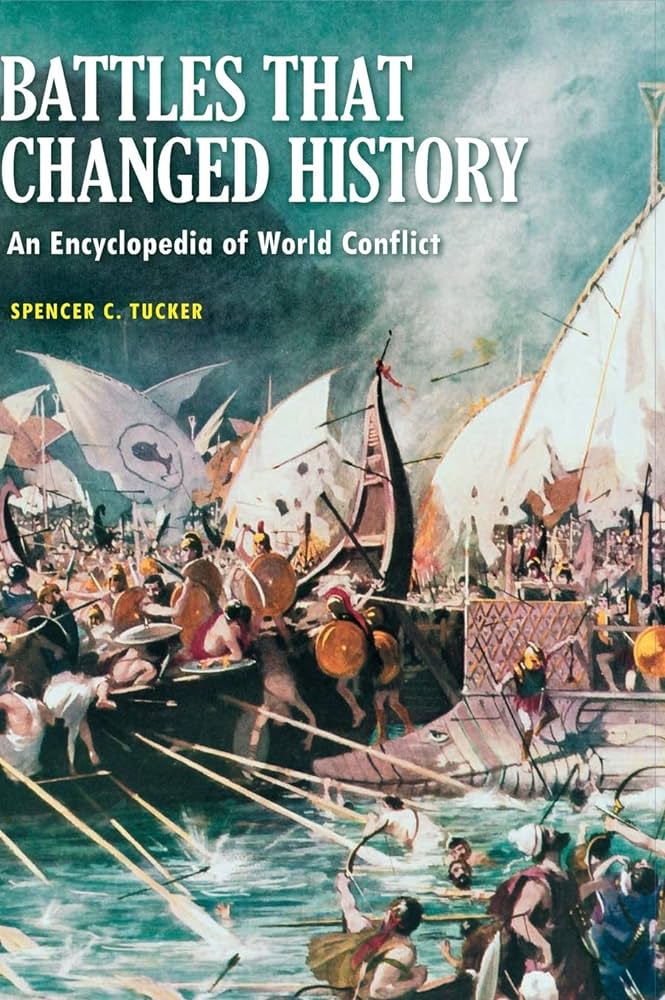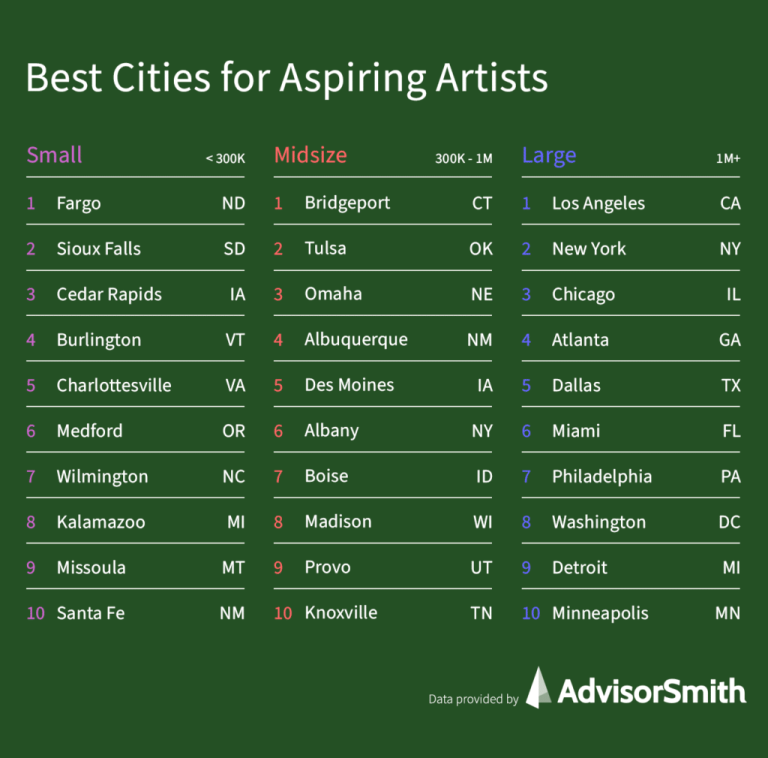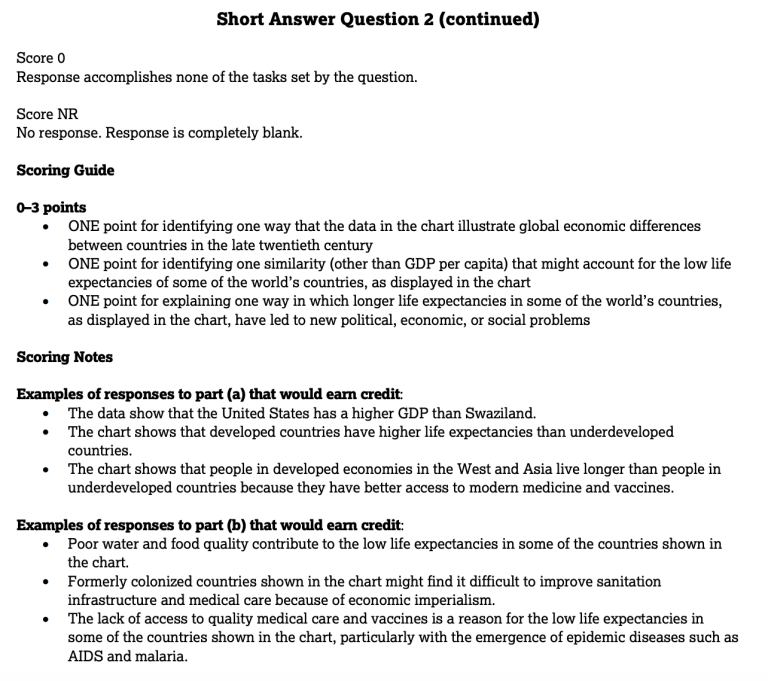An Alternate History Of The World’s Music
An alternate history of the world’s music is an exploration of how the development and evolution of music would have been different if certain events had played out differently. It examines the influence of different cultures, religions, and political systems on the development of music and how these influences shape the sound of music today. It also looks at the role of technology in music production and the ways in which digital music has changed the way people interact with and experience music. This alternate history of the world’s music is a fascinating journey through time and space to discover how music has been shaped by historical events and how it continues to evolve.
Prehistoric Music
The history of music is as old as the dawn of humankind. Prehistoric music is the earliest form of music that can be traced back to the earliest human species, Neanderthals and Homo sapiens. This form of music was characterized by simple utterances, vocalizations, and percussion instruments. Prehistoric music was used to communicate and express emotions and to create a sense of community among the early humans. It is believed that this type of music was passed down from generation to generation, evolving over time to become more complex.
Early humans would use their voices and percussive instruments such as drums, rattles, and clappers to create music. This music was used in ritual and spiritual ceremonies and for entertainment purposes. It was also believed to have healing effects and to bring forth good fortune. Prehistoric music was deeply connected to the spiritual and cultural practices of the ancient world.
Today, traces of prehistoric music can still be seen in many different cultures around the world. From traditional African music to the modern-day symphonies of Europe, the influence of prehistoric music can be felt in many forms. It’s an integral part of understanding the evolution of music over time and appreciating the beauty of the world’s cultures.
Ancient Music
Throughout history, music has been a powerful force of expression in cultures around the world. Ancient music is no different; it was an integral part of life and was used for a variety of different purposes. From rituals and healing ceremonies to entertainment and storytelling, music has been an essential part of human life since time immemorial.
Ancient music was often created by instruments like drums, flutes, and stringed instruments such as harps and lyres. These instruments were used to create music that was often spiritual in nature, as well as for entertainment. Ancient music was used to tell stories, bring joy to ceremonies, and even heal physical and mental ailments.
In Ancient Egypt, music was used in ceremonies to honor gods, as well as for entertainment and storytelling. Ancient Greek music was often based on the harmonic structure of mathematics. The Ancient Chinese also used music for healing and spiritual purposes.
No matter the culture or time period, music has been an integral part of human life. Ancient music has been passed down through generations and continues to influence the music of today. Through ancient music, we can gain insight into the lives of people of the past and appreciate the importance of music in human culture.
Medieval Music
The Middle Ages saw a wealth of musical creativity, with music playing an important role in society. From religious chants and medieval court music to the songs of traveling minstrels and troubadours, music was present in almost every aspect of life. Music was used to tell stories, provide entertainment, and as a form of expression. Medieval music was often associated with the religious and courtly cultures of the time, but it also had its own unique style and identity. Instruments such as lyres, lutes, harps, and flutes were commonly used to create music. Troubadours and minstrels would travel from village to village, singing their songs and entertaining locals. Religious chanting was also ubiquitous, with chants being used to accompany the liturgy in churches and monasteries. Music was integral to medieval life, and it’s no surprise that it continues to influence contemporary music today.
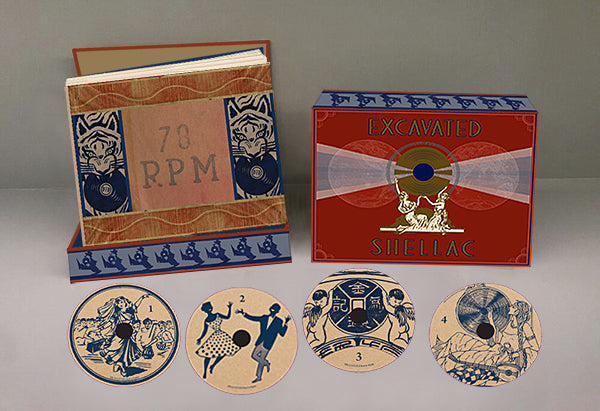
Renaissance Music
Renaissance music is often considered the bridge between the medieval and the modern eras in music. The Renaissance period, which began in the late 14th century and lasted until the early 17th century, was a time of great social, political, and cultural change in Europe, and the music of the period reflected these changes. During this period, composers began to explore new musical forms such as the madrigal, the motet, and the mass. Polyphony and harmonic progressions became popular, as did the use of instruments in ensembles. This marked a dramatic shift from the music of the medieval period, which had been largely monophonic. Renaissance music was heavily influenced by the works of the ancient Greeks and Romans, as well as music from the Middle East. It was also influenced by the new musical styles that were developing in Italy and Spain. Renaissance music remains popular today, and its influence can be heard in many modern genres, from classical to rock.
Baroque Music
Baroque music is a style of Western art music composed from approximately 1600 to 1750. It was one of the most important musical eras in history and was characterized by complex harmonies and ornate musical forms. Baroque music is often thought of as the music of the Baroque period, which began around 1600 and ended around 1750. The term “Baroque” originated from the Italian term barocco, which was used to describe the ornate and highly decorative style of architecture of the time. During the Baroque period, composers used complex harmonic progressions, ornamental melodies, and daringly chromatic harmonies to create an expressive sound. Notable Baroque composers include Johann Sebastian Bach, Antonio Vivaldi, George Frideric Handel, and Jean-Baptiste Lully. Baroque music had an enormous influence on the development of classical music and is still widely performed today. It is an important part of our musical heritage and provides us with a unique insight into the world of music from centuries past.
Modern Music
as a Reflection of Our World
Music has been a reflection of the world’s ever-changing culture since the dawn of time. The music of the past was a reflection of the era in which it was created and the people who created it. Today, modern music continues to reflect the changing times and the people of our world. From the lyrics to the beats, the message in modern music is a reflection of the issues, struggles, and joys that people experience in the world around us.
The lyrics of modern music often address current events and issues that we face today. Songs about love, loss, mental health, and social justice are all reflections of the struggles that people experience in their daily lives. Artists are using their music to express their own personal stories as well as the stories of those around them. By doing so, they’re offering listeners an alternate history of the world’s music and a new perspective on the issues that we face today.
Today, modern music is a reflection of the world in which we live. From the lyrics to the beats, modern music is a reflection of the struggles and joys that people experience in their daily lives. Artists are using their music to tell stories and offer an alternate history of the world’s music. Through this, they’re helping to create a more connected and understanding world.
FAQs About the An Alternate History Of The World’s Music
1. How does one determine which alternate history of the world’s music to follow?
Answer: It ultimately depends on personal preference and interests. It’s important to consider the different music genres, cultural influences, and other elements that make up the history of music.
2. What are some of the most significant changes to the world’s music history in an alternate timeline?
Answer: Some of the most significant changes could include the emergence of entirely new genres, the adoption of certain instruments or styles of music, and the influence of different cultures on the music.
3. How does an alternate history of the world’s music affect current music?
Answer: An alternate history of the world’s music can shape current music by providing different influences, instruments, and techniques. It can also open up doors to genres or styles of music that may be unfamiliar, yet intriguing.
Conclusion
The alternate history of the world’s music is an intriguing one, showing how the course of history can shape the development of music. It is fascinating to imagine how different musical styles would have evolved had historical events taken a different turn. This alternate history reveals the power of music to transcend boundaries and bring people together, regardless of their cultural, religious, or geographical differences. It is a reminder of the importance of music in our lives and its ability to unite us in a shared experience.
